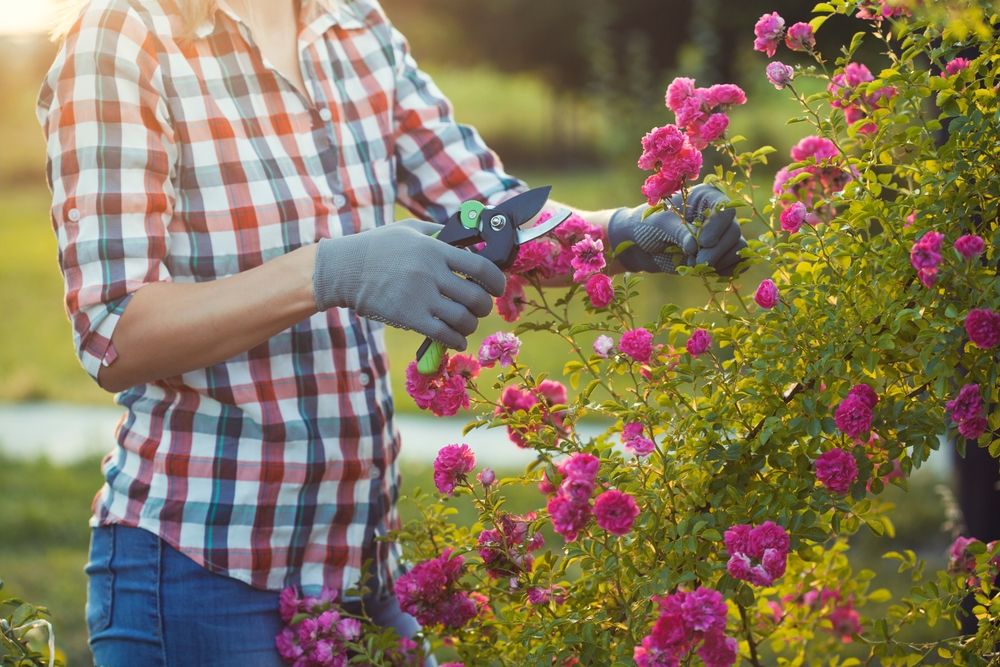

We may earn revenue from the products available on this page and participate in affiliate programs. Learn More ›
Nobody likes an unwieldy garden. Pruning flowers and shrubs can keep them from taking over your yard or blocking walkways and, of course, pruning helps keep them healthy and thriving. Cutting away dead, diseased, or damaged branches also helps prevent problems from spreading and allows the plants to direct their energy to new growth.
However, pruning plants at the wrong time of year can inhibit their growth and prevent blooms from forming the following season. So, before you grab your pruning shears, loppers, or pruning saw, consider what each plant actually needs. In this article, we highlight six common landscaping plants that shouldn’t be pruned in the fall for various reasons.
1. Azaleas and Rhododendrons (Rhododendron spp.)
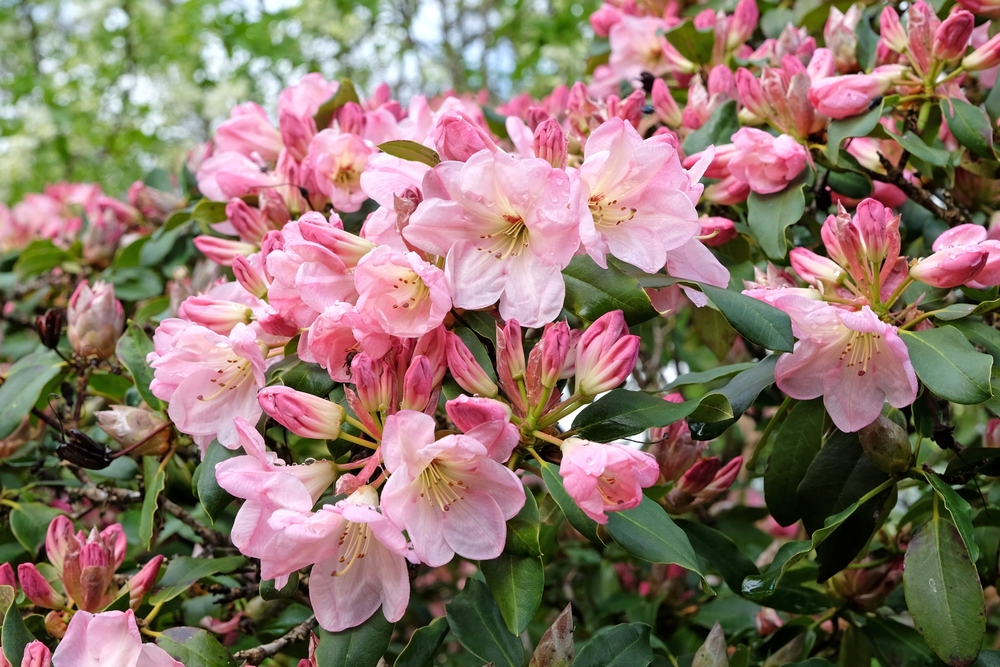
Since azaleas and rhododendrons are in the same plant family, they have similar pruning requirements. These early-flowering shrubs blossom on old wood and form their buds for the next year once they finish flowering in the spring. Pruning them in the fall will remove the next year’s flower buds and they will not bloom the following spring. Therefore, you should prune these plants in late spring to early summer, within 3 weeks after the plants finish blooming. It is OK, however, to remove any dead or diseased branches at any time using loppers or a pruning saw, depending on branch size.
Hardiness Zones: 4 to 9
Best Time to Prune: In late spring to early summer, less than 3 weeks after the plants finish blooming.
2. Black-Eyed Susans (Rudbeckia spp.)
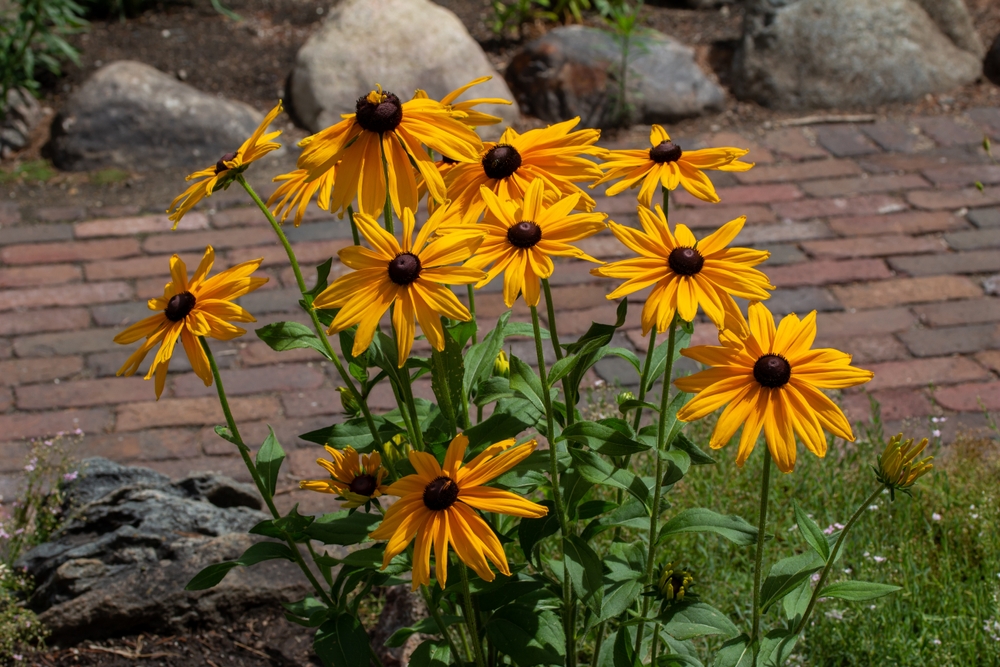
Although you won’t harm black-eyed Susans by cutting their branches back in the fall, you might want to wait. Birds depend on these flowers for food during the winter, so feel free to wait until spring to cut back these flowers. That also offers more opportunity for the flowers to reseed and spread in your garden. Cut stems back about one-third in early spring with clean, sharp pruning shears.
Hardiness Zones: 3 to 9
Best Time to Prune: To help wildlife, prune them in early spring and deadhead as they bloom in summer to encourage more flowering.
3. Coneflowers (Echinacea spp.)
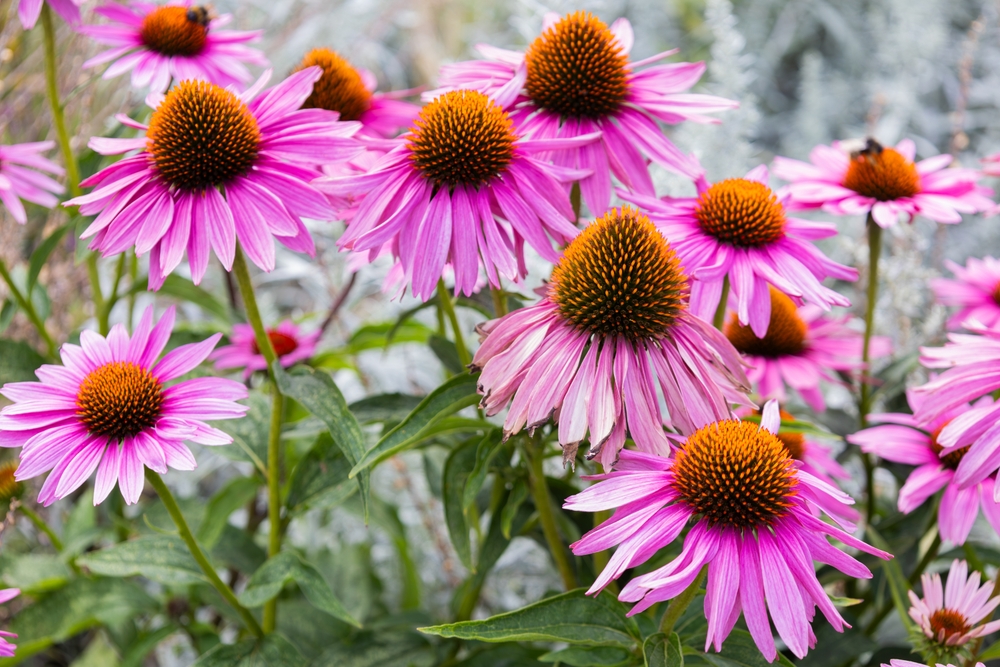
Coneflower plants can be left alone and never pruned at all; however, if you prefer a neat-looking garden, then prune them in the spring instead of the fall. Throughout the fall and winter months, birds such as blue jays, cardinals, and goldfinches, along with other wildlife, enjoy the seeds from the coneflowers’ large seedheads. You help support local wildlife when you don’t prune these flowers. This can also increase the chances of more coneflowers growing since they self-seed.
Hardiness Zones: 3 to 9
Best Time to Prune: Coneflowers don’t need to be pruned at all, but can be cut back in the spring if preferred.
4. Forsythia (Forsythia spp.)

Avoid cutting back forsythia plants in the fall or late in summer because that will reduce next year’s flowers. The flowers bloom on old wood, so pruning them in the fall could remove the buds, and then they won’t bloom the next season. However, these shrubs grow quickly up to 10 feet tall and can easily overcrowd a garden, so they need some pruning every year or two to stay under control. Prune forsythia bushes in the spring after the flowers bloom and fade. When pruning, don’t remove more than a third of the branches at a time.
Hardiness Zones: 5 to 9
Best Time to Prune: Prune forsythia bushes in spring after the flowers start to fade.
5. Hydrangeas (Hydrangea spp.)
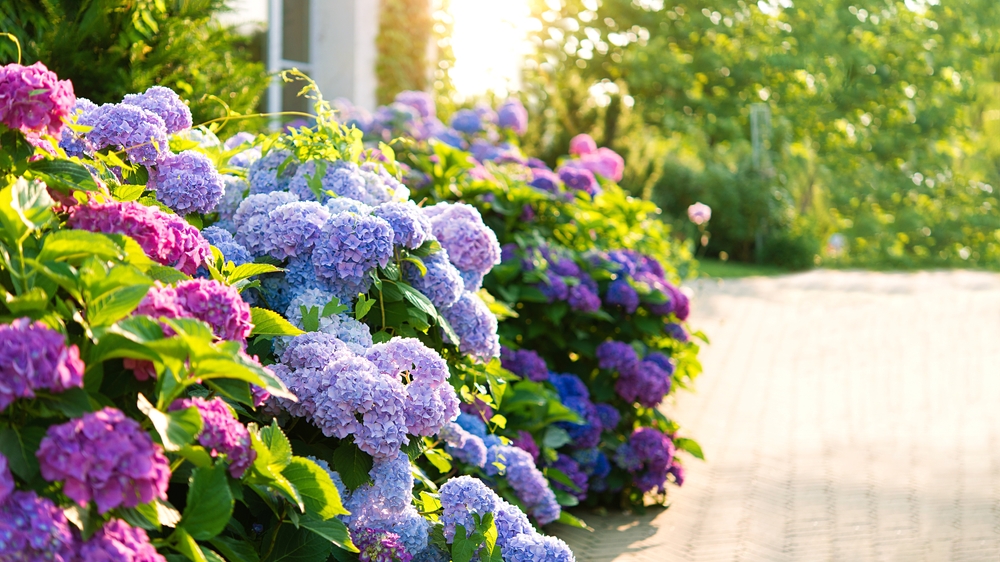
Knowing when to prune hydrangeas is a bit confusing since it depends on the specific variety. You can prune cold-hardy varieties that bloom on new wood in autumn, but most hydrangeas—including oakleaf, bigleaf, mountain, and climbing varieties—bloom on old wood. Only prune these hydrangea types immediately after flowering ends in late summer. This is because their flower buds form in late summer or early autumn on the previous year’s growth and must endure winter to bloom the following season. The best time to prune oakleaf and similar varieties is in the late summer after flowering has occurred.
Hardiness Zones: 5 to 9
Best Time to Prune: Prune oakleaf, bigleaf, mountain, and climbing varieties in late summer after blooming is complete.
6. Lilacs (Syringa spp.)
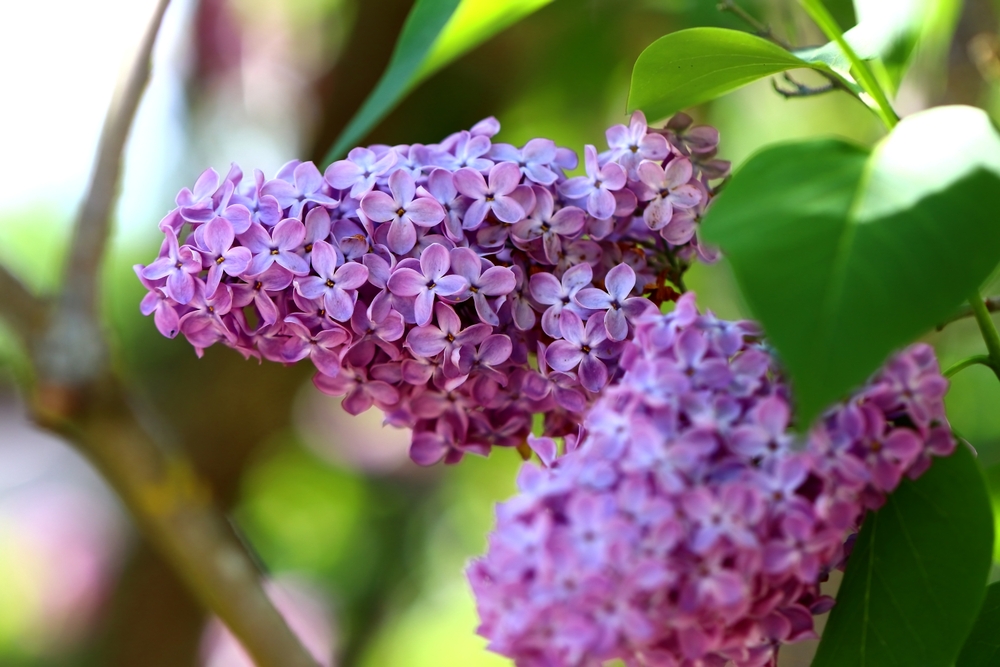
Lilac shrubs require careful timing when pruning to maintain their spring blooms, since these plants flower only on old wood and set their buds in autumn. Since lilacs can grow more than 30 feet tall and spread rapidly if left unchecked, pruning is necessary; prune the shrubs immediately after flowering ends in late spring to early summer (typically April through June). Fall pruning removes the flower buds and can result in no blooms the following year.
Hardiness Zones: 3 to 7
Best Time to Prune: Prune immediately after they finish blooming in late spring to early summer.
